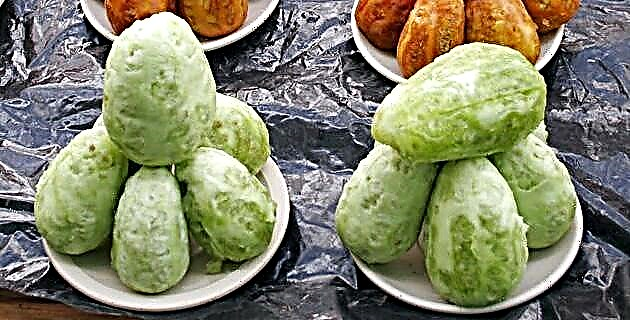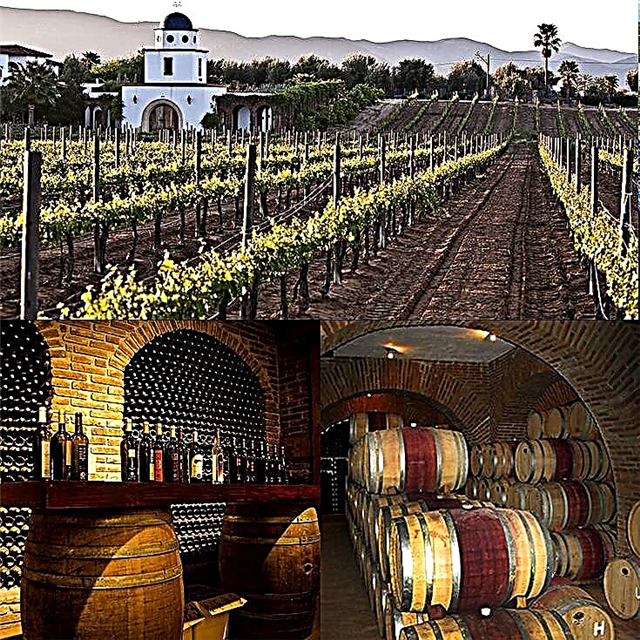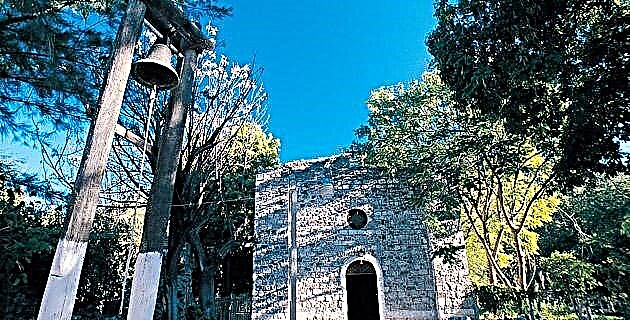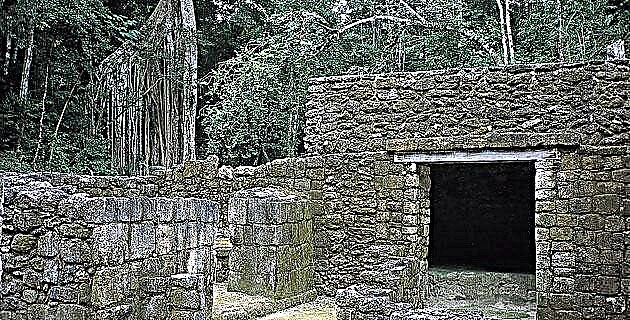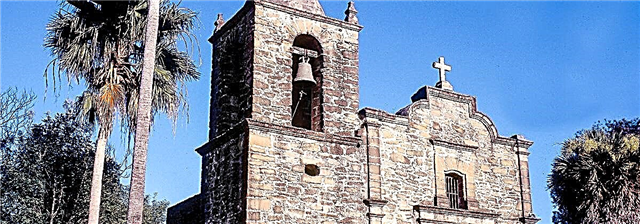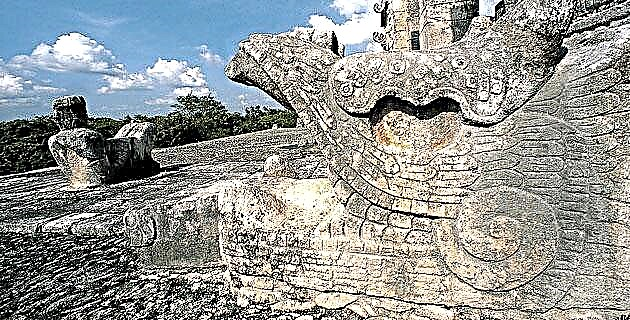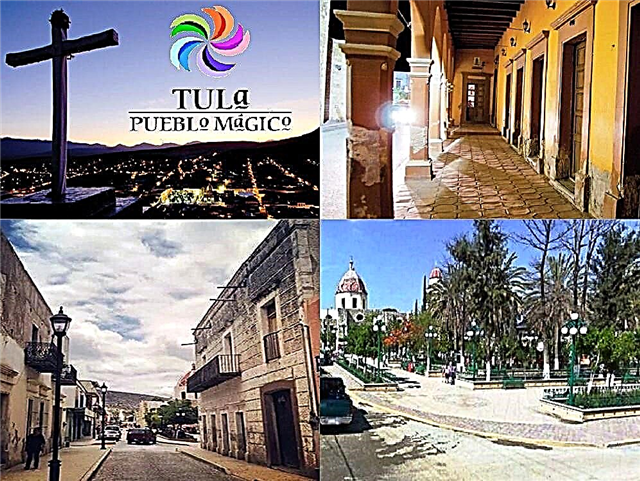The forty-year-old city of Tula awaits you with its charms in Tamaulipas. We invite you to get to know it much better with this complete guide.
1. Where is Tula located?
With 400 years, Tula is the oldest city of Tamaulipas, being also the head of the municipality of the same name, located in the extreme southwestern part of the state. The municipality of Tula borders on the north and east with the Tamaulipas municipalities of Bustamante, Ocampo and Palmilla, while on the south and west it borders the state of San Luis Potosí. Ciudad Victoria, the capital of Tamaulipas, is 145 km away. from Tula traveling southwest towards Palmillas. Other nearby cities are San Luis Potosí, which is 195 km away. and Tampico, which is located 279 km.
2. What is the history of the town?
Tula was founded on July 22, 1617 by the Spanish friar Juan Bautista de Mollinedo, although the title of city would arrive in 1835, being the state capital for three months between December 1846 and February 1847. It was the most important city in Tamaulipas until mid-nineteenth century, after actively participating in the War of Independence and in the fight against French intervention. Economic activity intensified during the Porfiriato, mainly due to the exploitation of ixtle fiber. During the Revolution, the town became present again, mainly through General Alberto Carrera Torres, who would also be the first from Tamaulipas to wear a leather, the typical outfit that symbolizes the state. In 2011, the city of Tula was incorporated into the Magic Towns system to promote the tourist exploitation of its many attractions.
3. How is the climate of Tula?
Tula is a place with a healthy climate, with an average temperature of 20.5 ° C, without extreme variations between the seasons and with little rainfall. In the hottest season, which runs from May to September, the thermometer moves between 23 and 25 ° C, while in the coldest season, from December to February, it fluctuates between 15 and 17 ° C. Occasionally there may be extreme temperatures slightly above 30 ° C in summer or close to 8 ° C in winter. Barely 491 mm of rain annually in Tula, little water that falls mainly between June and September.
4. What are the things to see and do in Tula?
The historic center of Tula is a place of cozy streets full of buildings and mansions of colonial and traditional architecture, among which the Plaza de Armas, the Church of San Antonio de Padua, the Capilla del Rosario and the old Minerva School stand out. The main piece of typical Tamaulipas attire, the leather, is originally from Tula. Another tradition that has caught on in the town is the making of delicious ice creams and snows with cacti and fruits that grow in the desert area that surrounds the town. Very close to Tula is the archaeological site of Tammapul, with the curious building of El Cuizillo. These physical attractions are complemented by exquisite gastronomy, beautiful crafts and a tight annual calendar of parties, which will make your visit to Tula unforgettable.
5. What is the Plaza de Armas like?
The main square of Tula is a friendly space shaded by a large number of trees, among which the anacuas and tall and slender palm trees stand out. In its center there is a fountain and a beautiful kiosk typical of the Porfiriato era. The Plaza de Armas is surrounded by cobbled streets and buildings of traditional architecture, built between the 18th and 20th centuries, standing out the temple of San Antonio de Padua and several beautiful houses from the colonial era. The square is the preferred meeting place for Tultecos, who come to it for any reason, be it to talk with friends, to taste a snow or simply to watch the time go by.
6. What stands out in the Church of San Antonio de Padua?
This temple included in the list of historical monuments of Tamaulipas was erected in the 18th century, although it has undergone several modifications. It is located in front of the Main Plaza of the town and has a nave crowned by a dome. Its façade is made of stone and is backed by two buttresses. It is the second oldest temple in the state of Tamaulipas and its English clock was installed in 1889, being the work of the same watchmaker who built the famous London Big Ben. The watch was acquired thanks to the support of Carmen Romero Rubio, a Tultec who was the second wife of Mexican President Porfirio Díaz.
7. What is the interest of the Chapel of the Rosary?
The Temple of the Rosary was built during the Porfiriato era by the Brotherhood of the Rosary, being consecrated in 1905. Inside it houses an image of Christ, from the 16th century, which is considered the oldest representation of Jesus in the entire state of Tamaulipas . The temple located in the El Jicote neighborhood has a golden dome, with filigree finishes and its floors are made of polished wood. To get to know the interior of the chapel you must go on Sunday, since it only opens its doors that day. On July 17 the festivities of the Virgen del Carmen are held, an image venerated in the Chapel of the Rosary.
8. What is the old Minerva School like?
The current headquarters of the House of Culture of Tula was erected at the end of the 19th century, being the most beautiful civil building in the Magic Town Tamaulipas. It was a private residence, whose owner had problems with the treasury, so the building passed into the hands of the State, becoming the Minerva School, the second educational establishment that the town had. The imposing and beautiful two-story building is located on a corner of Calle Hidalgo and has a double facade with rows of doors whose jambs on the upper floor are ogival in shape, which gives it a slight Gothic air.
9. How did the tradition of the leather come about?
The Tamaulipas cuera is a leather jacket, with ornaments, which constitutes the typical attire of the state of Tamaulipas, being originally from Tula. The first leather was made in 1915 by Don Rosalio Reyna Reyes, at the request of the revolutionary general Alberto Carrera Torres, who wanted a piece of clothing that would protect him both from the branches of the road when riding and from the cold. Currently they are still made in an artisan way, taking 3 days to finish one, but they are also manufactured with more modern methods. The original leather is deerskin, although other leathers are used in commercial production.
10. How original are the snows and ice creams?
Snows and exotic ice creams made from cacti and other plant species have already become a tradition in the Tamaulipas town of Tula. The ideal place to enjoy this handcrafted delicacy is the Cactus Nieves ice cream shop in the Plaza de Armas, where you will find varieties of nopal, mesquite, bougainvillea, garambullo, biznaga and cardón. There are also custard apple, date, as, chocha, blackberry, zapotillo, sapote and tepolilla. All the fruits of the Tamaulipas semi-desert are converted into 100% organic ice creams and ice creams, winners of recognitions at fairs and gastronomic events, regionally, nationally and internationally.
11. What is of interest in the Archaeological Zone of Tammapul?
This archaeological site is 8 km away. from Tula, near the lagoon of the same name. The main archaeological monument of the place is the Pyramid of Tula, popularly known as El Cuizillo, a building that is unique in its kind in Mesoamerica. The three-tiered conical structure is made of carved and polished limestone, and features a cylindrical core about 8 meters in diameter. The largest diameter of the building is 41 meters, with a height of 12 meters, being the largest archaeological mound in Tamaulipas. It dates from between the years 600 and 900 and at first it was believed that it was the work of the Huasteca civilization, although new investigations relate the site to other cultures of the central region of Potosí.
12. What is the local cuisine like?
The most representative dish of the town are the Tultec enchiladas, which are prepared with red tortillas and include chorizo, a fresh cheese, potato, piquín pepper, onion and other ingredients. The Tultecos are also very fond of kid in their blood, which they prepare with exquisite sauces, such as red or apple. Other delicacies that are not strange to the tables of Tula are the ranchero steak, the pork roast and the well barbecue. To sweeten they have their ice creams and cactus and fruit ice creams and also with chilacayote, pumpkin and sweet potato sweets.
13. What can I buy as a souvenir?
The art of leather, which began as an exclusively masculine piece of clothing, has transcended all the attire of men and women, and apart from the typical jacket, skirts, blouses, boots and chaps are also made. All luxury clothing needs its first-class accessories and Tula artisans make purses, handbags, key rings and other complementary pieces. The popular Tultec craftsmen also work basketwork, pottery and embroidery. They also make beautiful saddles and other tannery items.
14. What are the main festivals in Tula?
The celebration of Señor del Amparo takes place on May 3 in the Capilla de las Angustias de Tula. The festivities in honor of San Antonio Abad are on June 13 and all the neighborhoods of the city dispute to see who celebrates the saint with the greatest showiness and joy. Near Tula is the town of El Contadero, where there is a grotto in which an image of the Virgin of Guadalupe was engraved, which is highly revered, despite its isolation. The faithful, especially indigenous people from the Huasteca Tamaulipeca and the Potosina, make a pilgrimage to the cave at Easter and on December 12.
15. What are the main hotels and restaurants in Tula?
Hotel El Dorado is located at km. 37.5 of the highway to Ciudad Victoria, 10 minutes from Tula and is an establishment that stands out for its comfort and tranquility. The Hotel Cerro Mocho, formerly called Hotel Rossana, is on Calle Hidalgo 7 in downtown Tula and is a well-located, simple and inexpensive place. Other options are Quinta San Jorge and Guest House 29. As for places to eat, the Casino Tulteco Restaurant operates in a two-story house on Calle Benito Juárez 30 and serves typical food and the delicious local exotic snow. Restaurante Cuitzios, on Hidalgo 3, is praised for its Tultec enchiladas and also serves fast food.
We hope that your trip to Tula will be much more complete with the help of this complete guide, which we have prepared for your convenience. It only remains for us to ask you to briefly comment on your experiences in the Pueblo Mágico of Tamaulipas.

